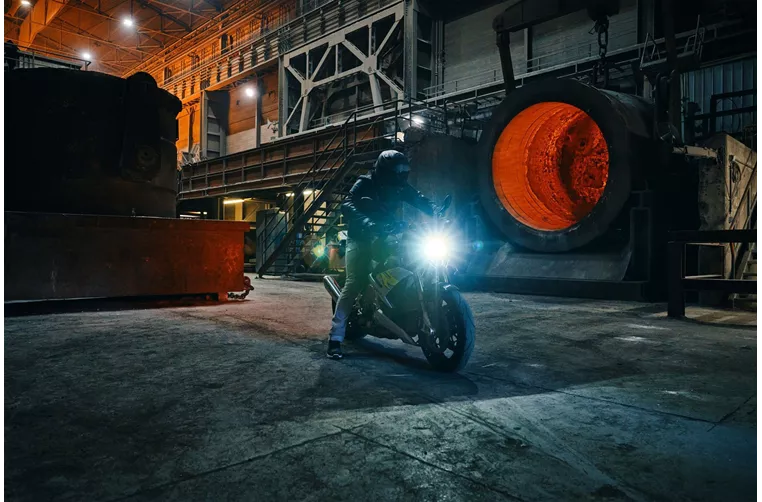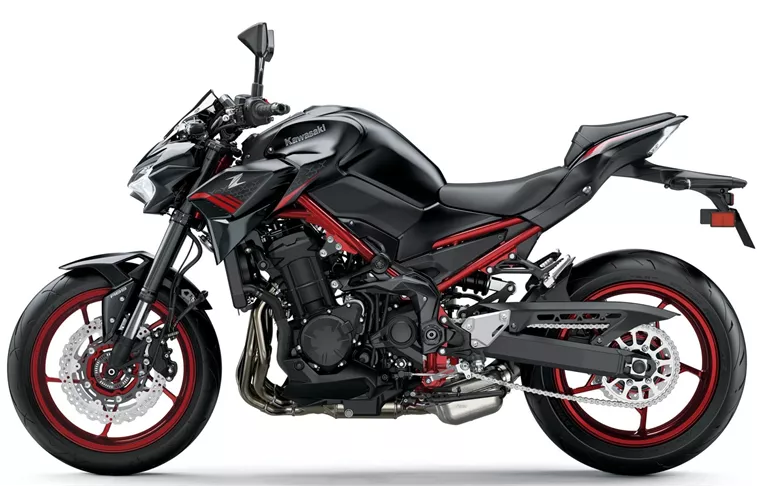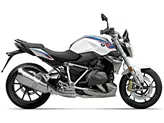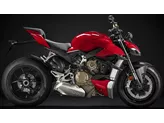BMW S 1000 R 2022 vs. Kawasaki Z900 2021
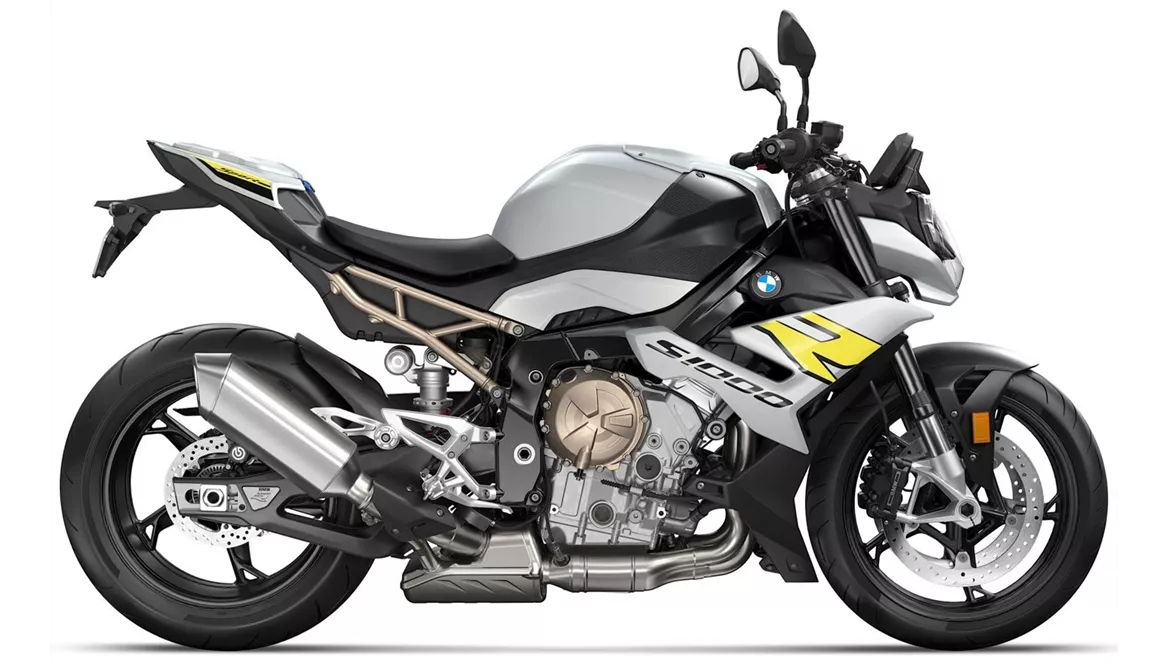
BMW S 1000 R 2022
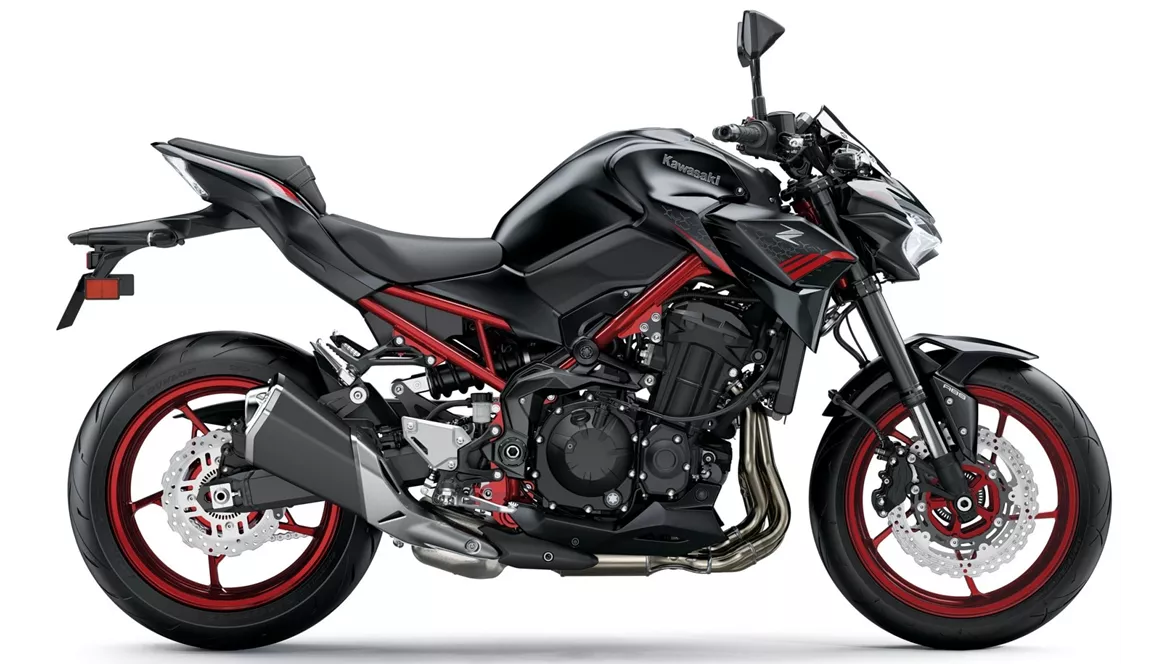
Kawasaki Z900 2021
Overview - BMW S 1000 R 2022 vs Kawasaki Z900 2021
The BMW S 1000 R 2022 and the Kawasaki Z900 2021 are both naked bikes with inline engines and similar technical specifications. However, there are several notable differences between the two models.
Starting with the engine, the BMW S 1000 R 2022 boasts a more powerful engine with 165 HP compared to the Kawasaki Z900 2021's 125.4 HP. The BMW also has a higher torque of 114 Nm compared to the Kawasaki's 98.6 Nm. This gives the BMW an advantage in terms of acceleration and overall performance.
In terms of fuel system, both bikes feature injection systems, ensuring efficient fuel delivery. They also have liquid cooling systems to prevent overheating during long rides.
When it comes to suspension, both bikes feature upside-down telescopic forks at the front and swing arm suspension at the rear. However, the BMW S 1000 R 2022 offers more adjustment options for the suspension, including compression, preload, and rebound adjustments. This allows riders to fine-tune the bike's suspension to their preferences and riding style.
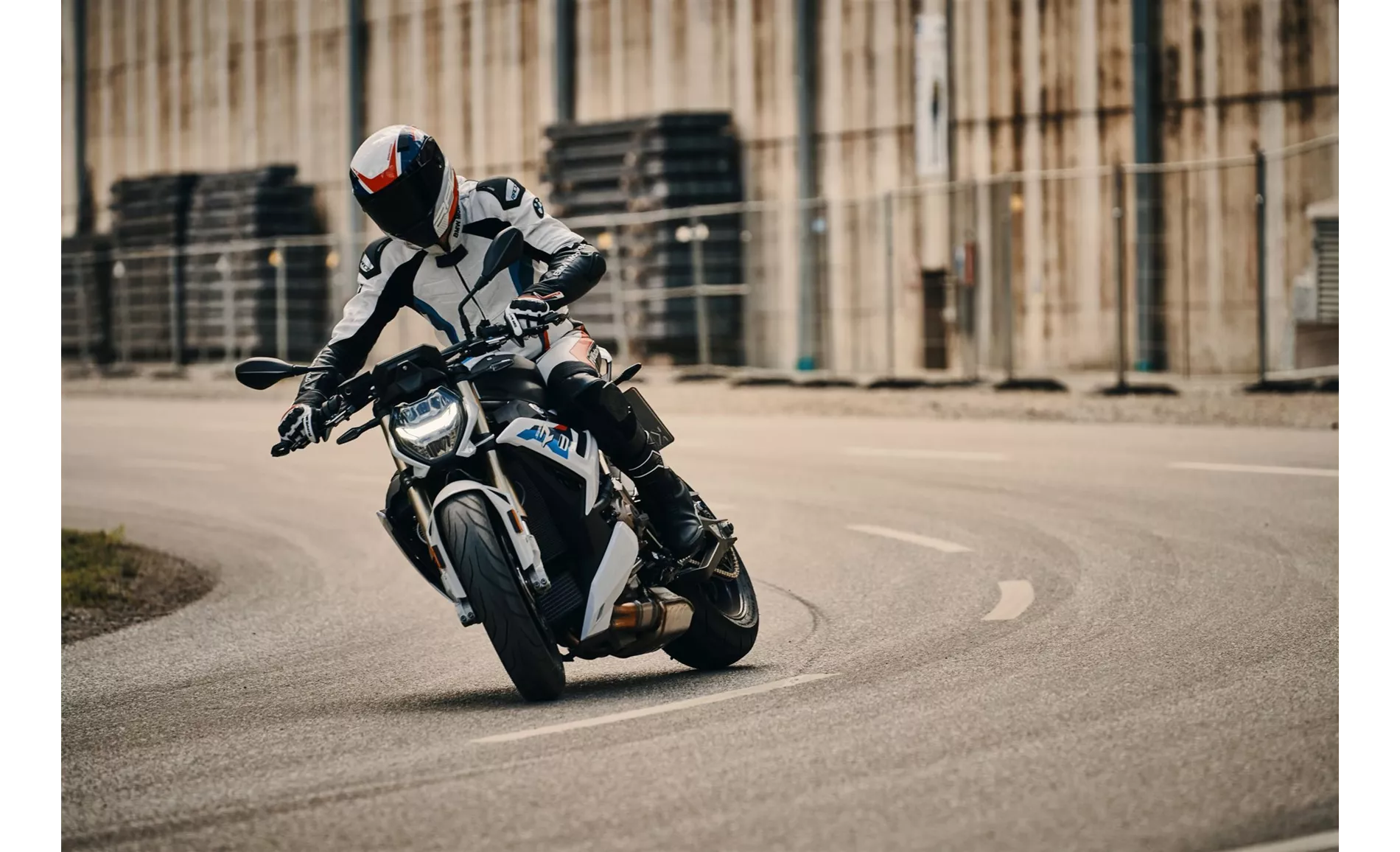
BMW S 1000 R 2022
In terms of chassis, the BMW S 1000 R 2022 features an aluminum frame, which is known for its lightweight and rigid characteristics. On the other hand, the Kawasaki Z900 2021 has a steel frame, which may be slightly heavier but provides good stability and durability.
Both bikes have double disc brakes at the front with four pistons, ensuring strong and reliable stopping power. However, the BMW S 1000 R 2022 has larger brake discs with a diameter of 320 mm compared to the Kawasaki Z900 2021's 300 mm discs. The BMW also utilizes radial technology for its brakes, providing enhanced performance and control.
In terms of advanced rider assistance systems, both bikes offer ABS and traction control. However, the BMW S 1000 R 2022 has a more extensive range of advanced rider assistance systems, including hill start assist, riding modes, cornering ABS, ride by wire, quickshifter, and anti-wheelie. These features enhance the bike's safety and performance, giving riders more control and confidence on the road.
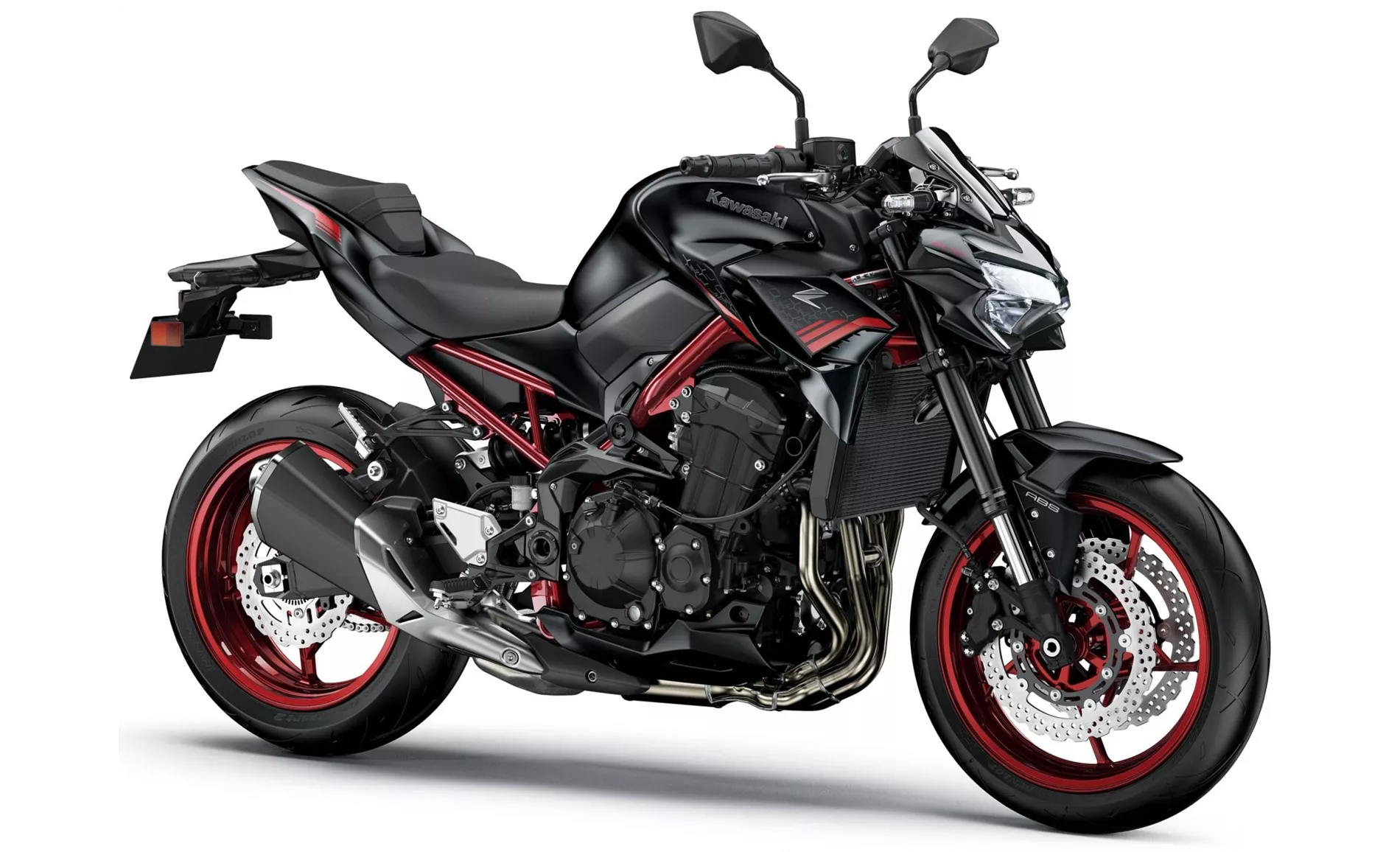
Kawasaki Z900 2021
In terms of dimensions and weights, both bikes have similar front and rear tire widths and diameters. They also have the same wheelbase of 1450 mm. However, the BMW S 1000 R 2022 has a slightly higher seat height of 830 mm compared to the Kawasaki Z900 2021's 795 mm. Additionally, the BMW is lighter with a kerb weight of 199 kg compared to the Kawasaki's 210 kg.
In terms of strengths, the BMW S 1000 R 2022 stands out with its powerful engine, strong brakes, comfortable ergonomics, good standard equipment, and extensive range of accessories. On the other hand, the Kawasaki Z900 2021 is praised for its powerful four-cylinder engine, intuitive handling, good equipment, aggressive looks, and value for money.
However, the BMW S 1000 R 2022 does have some weaknesses, including a sluggish shift assistant and optics that are not 100% coherent. On the other hand, the Kawasaki Z900 2021 lacks a quickshifter option and faces competition from other models that offer a 6-axis IMU, putting them ahead in terms of electronic features.
In conclusion, both the BMW S 1000 R 2022 and the Kawasaki Z900 2021 are strong contenders in the naked bike segment. The BMW offers more power, advanced rider assistance systems, and a lighter weight, while the Kawasaki provides good value for money and an aggressive design. Ultimately, the choice between the two will depend on the rider's preferences and priorities.
Technical Specifications BMW S 1000 R 2022 compared to Kawasaki Z900 2021
Pros and Cons in comparison
Pros and Cons in comparison
BMW S 1000 R 2022
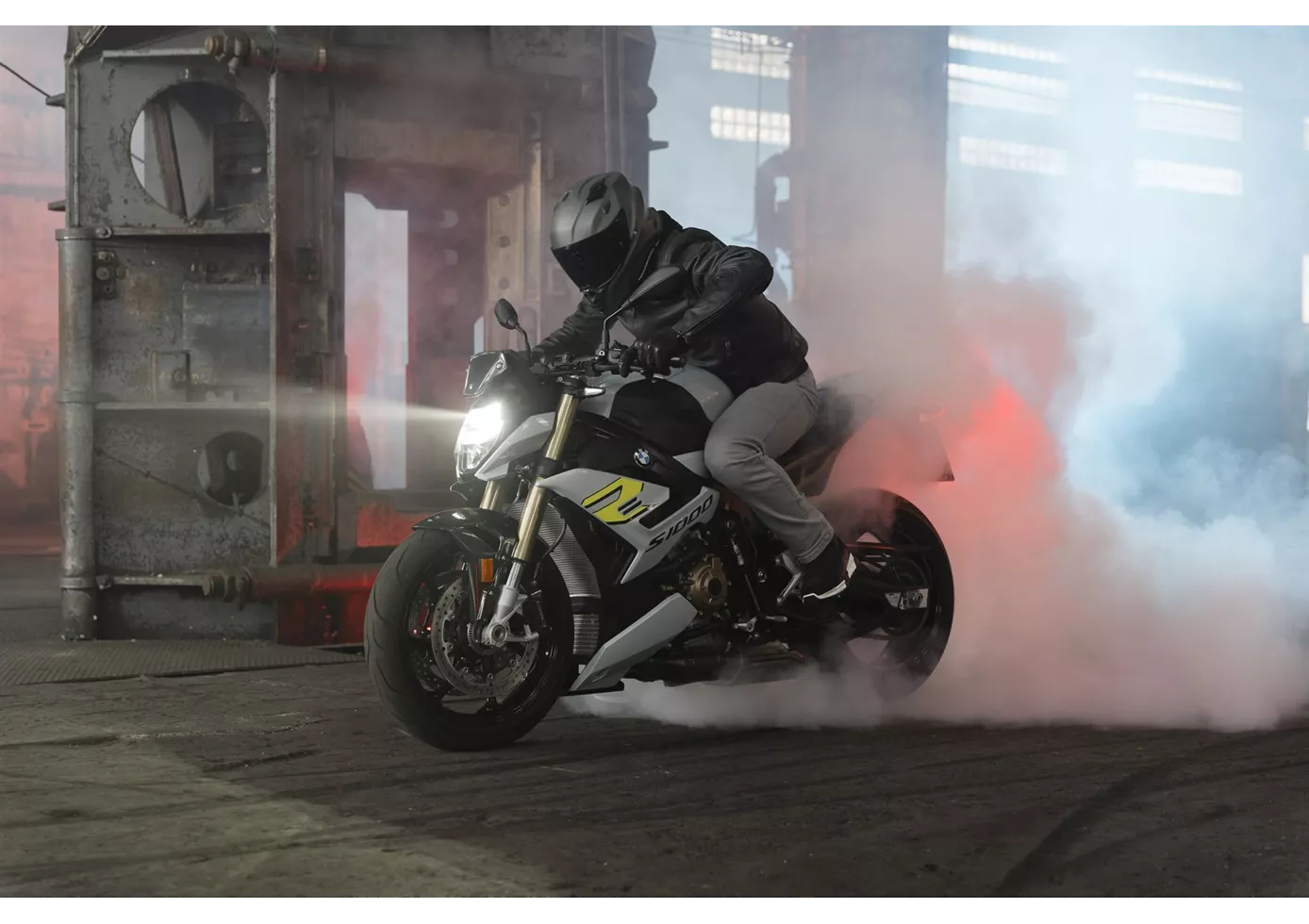
The seating position is sporty, but by no means uncomfortable, the brakes are powerful and the engine of the S 1000 R is at its best - perhaps even a little too homogeneous. There is also nothing to complain about on the riding side. Based on the pure performance data and the installed electronic features, the BMW probably has what it takes for the fastest lap time. And that on any kind of surface, because with the semi-active suspension you can eat up kilometre after kilometre on bad roads littered with potholes. Unfortunately, this feeling of superiority never really spilled over to the driver. Probably the downside of too much balance in all areas - at least in my Italophile eyes. The BMW lacked that certain something, the charisma, which is difficult to explain but arouses genuine emotions.
Kawasaki Z900 2021

In terms of price-performance, the Kawasaki Z900 is hard to beat at the moment. With the perfectly tuned engine, the high-quality chassis components and the electronics added for 2020, this naked bike offers everything that sporty riders will be looking for. There is really nothing to complain about, except for the lack of a quickshifter option.
Price Comparison Avarage Market Price BMW S 1000 R vs Kawasaki Z900
There are a few key differences between a BMW S 1000 R 2022 and a Kawasaki Z900 2021. In terms of price, the actual average price of a BMW S 1000 R 2022 is about 97% higher. Compared to Kawasaki Z900 2021 there are less BMW S 1000 R 2022 bikes available on the 1000PS.de Marketplace, specifically 22 compared to 33. It takes less time to sell a BMW S 1000 R with 71 days compared to 107 days for a Kawasaki Z900. Since model year 2014 1000PS.de editors have written 62 reviews for the BMW S 1000 R and 46 reviews for the Kawasaki Z900 since model year 2017. The first review for the BMW S 1000 R was published on 11/3/2013 and now has more than 17,300 views. This compares to more than 93,200 views for the first review on Kawasaki Z900 published on 11/11/2016.
